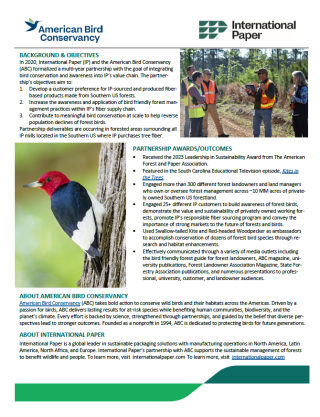Helping family forest owners take part in natural climate solutions
The importance of family forest landowners
Forests cover more than 750 million acres in the U.S., about one-third of the country’s landmass. They represent the country’s largest terrestrial carbon sink, continuously taking carbon out of the atmosphere and storing it in trees. Yet forests offer significantly greater potential to mitigate the country’s carbon impacts through carbon-smart forest management.
Enter family forest landowners — the families and individuals who own and manage nearly 40% of America’s forestlands. Forest landowners, whose tracts measure between 30 acres and 2,400 acres, care deeply about the health of their woods, the future of their land and the planet. They want to play an active role in protecting forests, but often struggle to realize the full potential of their land for carbon sequestration.
How the Family Forest Carbon Program can help
The Family Forest Carbon Program, developed by the American Forest Foundation (AFF) and The Nature Conservancy, with financial and technical support from International Paper, enables family forest owners to access climate finance from carbon markets — empowering them to help address climate change while earning income from their land.
In a recent American Forest Foundation blog, the AFF noted that voluntary carbon markets are emerging as one of the primary ways to finance climate action. In a new strategic direction for the Family Forest Carbon Program, the AFF will expand access to this market for family forest owners from all walks of life while producing high quality forest carbon credits.
“The sustainability of forests remains critically important to our business, our communities, and our planet,” said Sophie Beckham, IP’s Chief Sustainability Officer. “Natural climate solutions are key to mitigating climate change. Programs such as this one are essential to advancing robust carbon accounting methodology and identifying incentives to engage family forest landowners.”
Growing the program to help families store more carbon
In 2022, IP’s support enabled the Family Forest Carbon Program to scale up in the Central Appalachian area of the U.S., while also expanding into other forest areas. The program has enrolled an additional 248 landowners representing 36,302 acres, bringing the total enrollment to 313 landowners and 46,088 acres.
Across the life of their contracts, those landowners will sequester and store an additional estimated 987,000 tons of carbon dioxide – a number which will be validated and verified by third-parties under the Verified Carbon Standard.
The program has expanded from the Central Appalachians to the Northeast (Vermont, New York and New Hampshire) and the Midwest (Wisconsin, Minnesota and Michigan), and aims to enroll an additional 95,000 acres in 2023.
The program also is on track to launch activities in the U.S. Southeast this year, with practices related to afforestation of degraded fields and pasturelands, and potentially with practices aimed at the improved management of native pine species.


